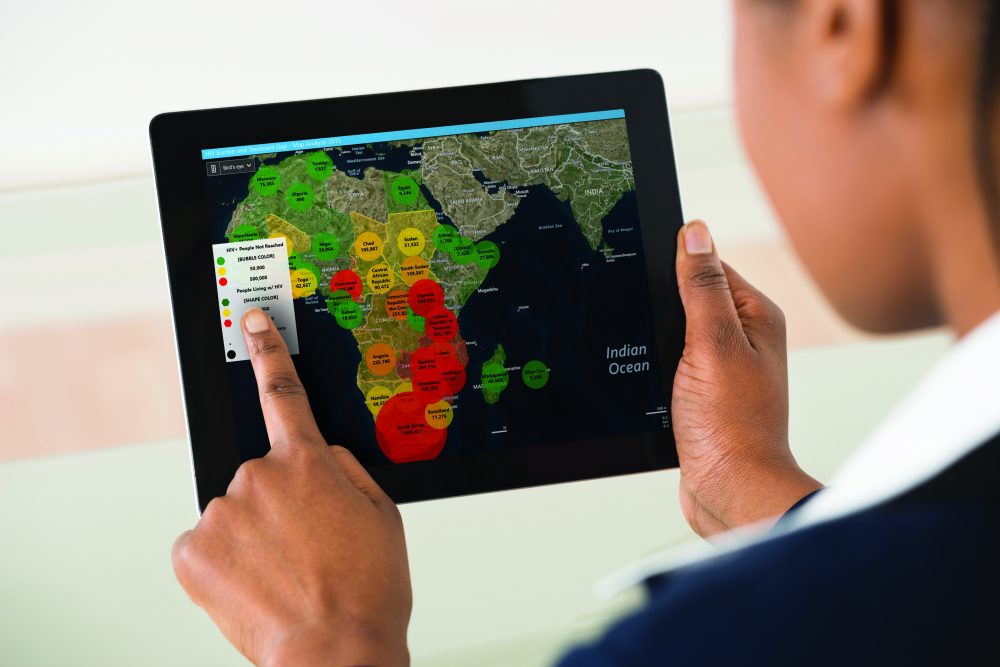Leading Innovation in Healthcare BI
With great data comes great responsibility. The business intelligence of HIT (Healthcare Information Technology) is perhaps one of the most complex. Integrating clinical to operational data in real time is a challenge, but through it there have been some amazing innovations. Vedic, Michael Annechino, spotlights some leading BI innovations making a buzz in Healthcare forums, press, and message boards.
BI Basics
Believe it or not, the healthcare space has been slow to adopt innovations in business intelligence despite the magnitude of their effect. Healthcare business intelligence can:
- improve productivity as disparate systems are merged and support clinical and operational efficiencies
- reveal the financial and operational performance of different physicians and departments to identify strengths and weaknesses
- provide an overview of payments/collections to identify inefficiencies
Frankly, any organization who has taken these simple steps in setting up a BI strategy is already an innovator in the space.
Boosting Patient Throughput
Due to a poor economic climate, most small to mid-sized hospitals are finding business intelligence a cost-effective option for lean methodology. As bottlenecks occur through staff shortages, uninsured patients, and capacity planning, Business Intelligence can expedite ROI.
Rajat Sharma, CEO of Onward Systems, commented on the benefits of business intelligence in hospitals:
“With reimbursement rates fixed, longer, extended length of stay means hospitals incur greater expenses. A more efficient process results in a lowered length of stay. It also translates into higher satisfaction among clinicians and patients. A more predictable workflow means nurses and other hospital staff can be scheduled appropriately. Physician satisfaction increases with a more efficient patient throughput… It also allows clinicians to have greater visibility and a unified view of patients from admission to discharge…in this economic environment hospitals need to eschew point solutions and choose solutions that provide value beyond any particular problem…”
Predictive Modeling
When Business Intelligence is “lazer focused” on a specific area, managers loose the impact of leveraging financial, clinical, and operational departments to improve their overall environment. These types of systems are not only a narrow view, but also retrospective – rendering analytics irrelevant.
Innovating in healthcare take a forward approach; in business intelligence this is predictive modeling – a set of techniques, algorithms, and formulas that can assist in predicting with a high degree of certainty what the most likely result or outcome will be. With these predictive insights organizations can access real-time analysis and alerts that lead to optimize staffing, patient outcomes, supply chain fulfillment and financial analysis.
In the future clinicians will use data to lead patients to better health. A patient will be treated with a particular diagnosis based on the expected predictive outcome model based on the patient’s age, gender, family history, genetics, care options, order sets, medications, follow-up care, etc. This will allow patients to receive the highest quality of care and will give providers concrete evidence to determine the best healthcare decisions.
Sources: Agilum, Healthcare IT News, Dashboard Insights
What other components of Healthcare Business Intelligence do you see paving the way in innovation?



